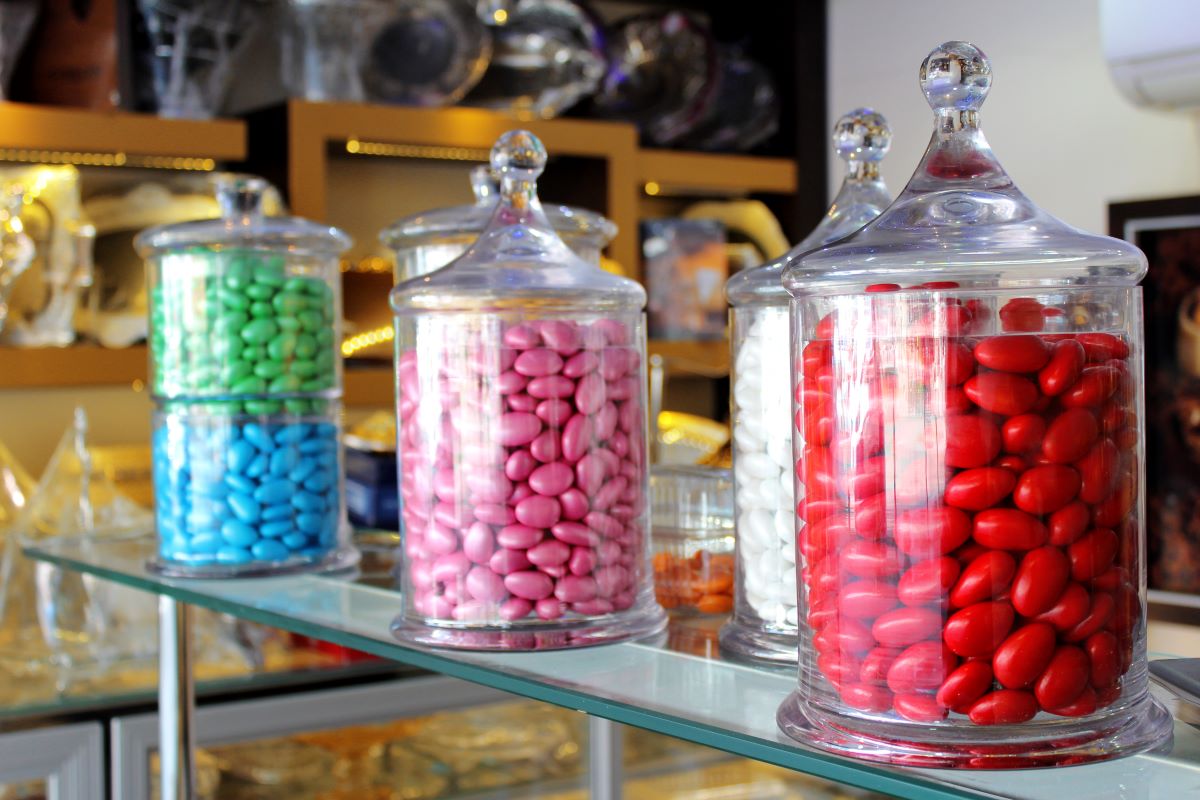

Articles
How To Store Hard Candy
Modified: December 7, 2023
Learn effective techniques for storing hard candy in this informative article. Discover the best ways to keep your favorite treats fresh and tasty.
(Many of the links in this article redirect to a specific reviewed product. Your purchase of these products through affiliate links helps to generate commission for Storables.com, at no extra cost. Learn more)
Introduction
Hard candy is a timeless confection that delights both young and old with its sweet and satisfying taste. Whether you have a collection of nostalgic candy or you simply enjoy having a stash of hard candies on hand for a quick treat, storing them properly is essential to maintain their freshness and quality for as long as possible.
In this article, we will explore the various types of hard candy, factors to consider before storing, and the best practices for storing hard candy to ensure its longevity. Whether you have a variety of flavors or a single favorite, these tips will help you keep your hard candy in perfect condition, ready to enjoy whenever the craving strikes.
Key Takeaways:
- Proper storage of hard candy is crucial for maintaining its freshness and flavor. From airtight containers to avoiding direct sunlight, following these guidelines ensures a delightful treat whenever the craving strikes.
- Storing hard candy separately by flavor and checking for freshness before storage are key to preserving its quality. With the right conditions and practices, your hard candy collection will remain delicious and enjoyable for an extended period.
Read more: How To Store Hard Candy Long Term
Types of Hard Candy
Hard candy comes in a multitude of flavors, shapes, and sizes. From classic fruit flavors like cherry and lemon to unique varieties like butterscotch and peppermint, there is a hard candy to suit every taste preference. Here are some common types of hard candy:
- Fruit-flavored Hard Candy: These vibrant and fruity candies are often shaped like miniature fruits and come in a range of flavors such as strawberry, orange, and watermelon.
- Mint Hard Candy: Known for their refreshing and cool taste, mint hard candies are popular choices for freshening breath. Peppermint, spearmint, and wintergreen are some common mint flavors.
- Caramel Hard Candy: Caramel hard candies are rich and buttery treats that often have a smooth and creamy texture. They can come in various flavors, including traditional caramel, caramel apple, and caramel latte.
- Sour Hard Candy: If you enjoy a tangy and puckering sensation, sour hard candies are sure to satisfy your taste buds. These candies often have a sweet outer shell and a sour center, delivering a delightful contrast of flavors.
- Chocolate-filled Hard Candy: These indulgent treats feature a hard candy shell with a soft and creamy chocolate center. They offer the best of both worlds, combining the crunch of hard candy with the smoothness of chocolate.
These are just a few examples of the many types of hard candy available. No matter your preference, storage techniques remain largely the same. Read on to discover the best practices for storing hard candy and ensuring its optimal quality.
Factors to Consider Before Storing Hard Candy
Before you begin storing your hard candy, it’s important to consider a few key factors to ensure its longevity.
1. Packaging: Take note of how the hard candy is packaged when you purchase it. Some hard candies come in individually wrapped pieces, while others may come in a bulk bag or container. The packaging plays a crucial role in protecting the candy from exposure to air, moisture, and other elements that can affect its quality.
2. Quality of the Candy: The freshness and quality of the hard candy when you purchase it can impact how long it will last in storage. Look for candies that are free from any signs of moisture, stickiness, or discoloration. Freshly made candies tend to have a longer shelf life compared to candies that have been sitting on the shelf for an extended period.
3. Expiration Date: Check the expiration date of the hard candy before storing it. Most hard candies have a relatively long shelf life, but it’s still important to consume them before the expiration date to ensure the best taste and quality.
4. Climate and Environment: The climate and environment where you live can affect the storage conditions for your hard candy. Hot and humid climates can cause the candy to become sticky or melt, while cold and dry climates can cause the candy to become brittle. Adjusting the storage conditions accordingly can help preserve the candy’s texture and taste.
By considering these factors, you can ensure that you are starting with the best quality hard candy and setting the stage for proper storage. Now let’s explore the optimal storage conditions for preserving the freshness and quality of hard candy.
Proper Storage Conditions for Hard Candy
To maintain the freshness and quality of your hard candy, it’s essential to store it under the right conditions. Here are some guidelines to follow for proper storage:
- Storing Hard Candy in a Dry Environment: Moisture is the enemy of hard candy, as it can cause the candy to become sticky and lose its texture. To prevent moisture absorption, store your hard candy in a dry environment with low humidity levels. Avoid storing it in areas like the kitchen or bathroom where moisture is present.
- Storing Hard Candy in an Airtight Container: To protect your hard candy from exposure to air and moisture, transfer it from its original packaging to an airtight container. The container should have a tight seal to prevent any outside elements from affecting the candy’s freshness.
- Storing Hard Candy Away from Direct Sunlight: Sunlight can cause the colors of hard candy to fade and alter the taste and texture. Keep your hard candy away from direct sunlight by storing it in a dark and cool place, such as a pantry or cupboard.
- Storing Hard Candy Away from Heat Sources: Heat can cause hard candy to melt or become sticky. Avoid storing it near heat sources like stoves, ovens, or radiators. It’s best to store hard candy at room temperature or slightly cooler.
- Storing Hard Candy at the Right Temperature: Hard candy is best stored at a temperature between 60°F and 70°F (15°C and 21°C). Extreme temperatures can affect the texture and taste of the candy. Avoid storing it in the refrigerator or freezer, as the fluctuating temperatures can cause moisture to form.
- Storing Hard Candy Separately to Avoid Flavor Mixing: If you have different flavors of hard candy, store them separately or in different containers to prevent flavor mixing. Some flavors, especially strong ones like mint or cinnamon, can overpower and alter the taste of other candies.
By following these proper storage conditions, you can keep your hard candy in optimal condition for an extended period. However, it’s still important to occasionally check the candy for freshness and take some extra steps to enhance its shelf life. Let’s explore those in the next sections.
Storing Hard Candy in a Dry Environment
One of the key factors to consider when storing hard candy is to ensure a dry environment. Moisture can negatively impact the texture and quality of hard candy, causing it to become sticky or lose its crispness. Here are some tips for storing hard candy in a dry environment:
- Choose a Dry Storage Location: When selecting a storage location for your hard candy, opt for a dry area of your home with low humidity levels. Avoid areas like the kitchen or bathroom, where moisture is often present. A pantry, cupboard, or cool basement are excellent options.
- Use Airtight Containers: To further protect your hard candy from moisture, transfer it to airtight containers. Ensure the containers have a tight seal to prevent any air or moisture from entering. Glass jars with rubber gaskets or plastic containers with snap-on lids are ideal choices.
- Add Desiccant Packs: If you live in a particularly humid environment, consider adding desiccant packs to the containers with your hard candy. Desiccant packs, commonly found in packaged foods, absorb moisture and help maintain a dry environment. Just make sure to use food-grade desiccants.
- Keep the Packaging Intact: If your hard candy comes individually wrapped, leave them in their original packaging until you are ready to consume them. The individual wraps provide an additional layer of protection against moisture and help keep the candy fresh.
- Check for Moisture: Regularly inspect your stored hard candy for any signs of moisture. If you notice any stickiness or condensation inside the container, it’s an indication that moisture is present. Remove the affected candies and replace the container with a new, dry one.
By storing your hard candy in a dry environment, you can preserve its texture and freshness for a longer period. Remember to keep the containers sealed tightly and monitor for any signs of moisture. In the next section, we will explore the importance of storing hard candy away from direct sunlight.
Read more: How To Store Candy
Storing Hard Candy in an Airtight Container
When it comes to storing hard candy, using an airtight container is crucial to maintain its freshness and prevent it from absorbing odors or flavors from the surrounding environment. Here’s why storing hard candy in an airtight container is important:
Preventing Exposure to Air: Hard candy is susceptible to air exposure, which can lead to the candy becoming stale or losing its texture. By sealing it in an airtight container, you create a barrier that prevents air from reaching the candy, helping it stay fresh for a longer time.
Protecting against Moisture: Hard candy can absorb moisture from the air, causing it to become sticky or mushy. An airtight container helps keep the candy dry by preventing moisture from entering the container. This is especially important in humid climates or during the summer months.
Avoiding Odor and Flavor Contamination: Hard candy can easily absorb odors and flavors from its surroundings, which can alter its taste and intended flavor. Storing it in an airtight container reduces the risk of contamination and preserves the original taste and aroma of the candy.
Extending Shelf Life: By sealing hard candy in an airtight container, you can extend its shelf life. The container acts as a protective shield, preventing air, moisture, and other contaminants from degrading the candy over time.
To store hard candy in an airtight container:
- Transfer the Candy: Remove the hard candy from its original packaging and place it in a clean and dry airtight container.
- Choose the Right Container: Use a container that is appropriately sized to hold your desired amount of candy. Ensure that the container has a tight-fitting lid or seal to create an airtight environment.
- Label and Date: Label the container with the type of candy and the date of storage. This will help you keep track of the candy’s freshness and know when it should be consumed or replaced.
- Store in the Proper Location: Place the airtight container in a cool, dark, and dry area away from direct sunlight, heat sources, and humidity. A pantry or cupboard is usually a suitable storage location.
By storing hard candy in an airtight container, you can ensure that it remains fresh, retains its texture, and is protected from odors and moisture. Next, we will discuss the importance of storing hard candy away from direct sunlight.
Storing Hard Candy Away from Direct Sunlight
When it comes to preserving the quality and appearance of hard candy, it is crucial to store it away from direct sunlight. Exposure to sunlight can have several negative effects on your hard candy, including color fading, texture changes, and potential flavor degradation. Here are some reasons why you should store your hard candy away from direct sunlight:
- Color Fade: Hard candies often come in vibrant and attractive colors. However, sunlight can cause these colors to fade over time. If exposed to direct sunlight for prolonged periods, the candy’s vibrant hues can become dull or even completely fade, diminishing its visual appeal.
- Texture Changes: Sunlight can also impact the texture of hard candy. Excessive heat from direct sunlight can cause the candy to soften, become sticky, or even melt. This can result in a loss of the characteristic hardness and crunchiness that we associate with hard candies.
- Flavor Degradation: Sunlight exposure can also affect the flavor of hard candy. Heat and light can accelerate the breakdown of flavor compounds, causing the candy to lose its original taste or develop an off-flavor. This can significantly impact the overall enjoyment of the candy.
- Preserving Freshness: Direct sunlight can contribute to the overall deterioration of hard candy. The combination of heat and light creates an environment that speeds up the aging process, causing the candy to lose its freshness more quickly. Storing it away from sunlight helps to maintain its quality and extend its shelf life.
To store hard candy away from direct sunlight:
- Choose the Right Location: Find a storage location that is shielded from direct sunlight, such as a pantry, cupboard, or drawer. Ensure that the area remains shaded throughout the day to avoid any exposure to sunlight.
- Consider Packaging: If the hard candy is not already individually wrapped, consider placing it in small, opaque bags or wrapping each piece individually in foil or wax paper. This provides an additional layer of protection from sunlight and helps to maintain freshness.
- Avoid Windows or Sunlit Shelves: Avoid storing hard candy near windows or on shelves that receive direct sunlight. Even a few hours of exposure to sunlight each day can have a cumulative effect on the candy’s appearance, texture, and flavor.
By storing your hard candy away from direct sunlight, you can preserve its vibrant colors, texture, and flavor. The next section will discuss the importance of keeping hard candy away from heat sources.
Store hard candy in an airtight container at room temperature, away from direct sunlight and moisture. This will help prevent the candy from becoming sticky or melting.
Storing Hard Candy Away from Heat Sources
When it comes to storing hard candy, it’s important to keep it away from heat sources. Excessive heat can cause the candy to soften, melt, or become sticky, compromising its texture and quality. Here’s why you should store your hard candy away from heat sources:
- Preserving Texture: Hard candy is meant to have a firm and solid texture. However, exposure to heat sources can cause the candy to soften or become sticky, making it less enjoyable to eat. Keeping it away from heat helps maintain its characteristic hard and crunchy texture.
- Preventing Melting: Hard candy has a relatively low melting point compared to other candies. If exposed to high temperatures, such as those found near heat sources, the candy can melt, losing its shape and becoming a sticky mess. This can be especially problematic during warmer months or in areas with high room temperatures.
- Avoiding Stickiness: Heat can also cause hard candy to become sticky, making it difficult to handle and potentially causing it to stick to packaging or other candies. This not only affects the overall appearance of the candy, but it can also make it less pleasant to eat.
- Preserving Flavor: Heat can impact the flavor profile of hard candy. Excessive heat exposure can lead to the breakdown of flavor compounds, altering the taste and potentially introducing off-flavors. Storing the candy away from heat sources helps to maintain its intended flavor.
To store hard candy away from heat sources:
- Choose a Cool Location: Find a storage area that is cool and maintains a relatively stable temperature. Avoid storing hard candy near stoves, ovens, microwaves, or other heat-producing appliances. A pantry, cupboard, or drawer in a cool part of your home is a suitable choice.
- Avoid Direct Contact with Heat Sources: Ensure that the hard candy is not in direct contact with any heat sources. Even indirect exposure to radiating heat can increase the temperature and cause the candy to soften or melt. Keep the candy at a safe distance from any heat-emitting objects.
- Consider Ambient Temperature: Take into account the ambient room temperature when selecting a storage location for your hard candy. Extreme temperatures, both hot and cold, can negatively impact the candy. Aim to store it at a temperature between 60°F and 70°F (15°C and 21°C) for optimal preservation.
By storing hard candy away from heat sources, you can maintain its desired texture, prevent melting or stickiness, and preserve its flavor. In the next section, we will discuss the importance of storing hard candy at the right temperature.
Storing Hard Candy at the Right Temperature
Keeping hard candy at the proper temperature is crucial for maintaining its quality, texture, and taste. Extreme temperatures can have adverse effects on the candy, such as melting, stickiness, or changes in flavor. Here’s why it’s important to store hard candy at the right temperature:
- Preserving Texture: Hard candy is known for its crunchy and firm texture. Storing it at the right temperature helps maintain this desired texture. Extreme heat or cold can cause the candy to become too soft or brittle, altering its enjoyable mouthfeel.
- Preventing Melting and Stickiness: Hard candy has a relatively low melting point, and high temperatures can cause it to melt or become sticky. Conversely, extremely low temperatures can make the candy brittle or cause it to crack. Storing it at the right temperature prevents these issues, preserving the candy’s integrity.
- Maintaining Flavor: Temperature fluctuations can impact the flavor of hard candy. Heat can accelerate the breakdown of flavor compounds, causing the candy to lose its original taste or develop off-flavors. Storing it at the right temperature helps preserve the intended flavors of the candy.
- Avoiding Condensation: Rapid temperature changes, such as moving the candy from a cold environment to a warm one, can create condensation on the surface of the candy. This moisture can affect the candy’s texture and lead to stickiness or clumping. Storing the candy at a stable temperature helps prevent condensation.
So, what is the right temperature for storing hard candy? Aim to keep the candy stored at a temperature between 60°F and 70°F (15°C and 21°C). This temperature range provides a stable environment that avoids extreme heat or cold, ensuring the candy remains in optimal condition.
Here are some additional tips for storing hard candy at the right temperature:
- Pantry or Cupboard: Choose a storage location that provides a consistent room temperature, such as a pantry or cupboard. These areas tend to be relatively cool and sheltered from temperature fluctuations.
- Avoid Refrigeration or Freezing: Hard candy should never be stored in the refrigerator or freezer. The fluctuating temperatures and moisture present in these environments can negatively impact the candy’s texture and taste. It’s best to store hard candy at room temperature to ensure its freshness and quality.
- Avoid Extreme Heat Sources: Keep the candy away from direct heat sources like radiators, stoves, and ovens. These can create hot spots in the surrounding areas, which can affect the candy stored nearby.
By storing hard candy at the right temperature, you can preserve its texture, flavor, and overall quality. In the next section, we will discuss the importance of storing hard candy separately to avoid flavor mixing.
Read more: How To Store Candied Fruit
Storing Hard Candy Separately to Avoid Flavor Mixing
Hard candy comes in a variety of flavors, each with its own unique taste and aroma. To fully savor the distinct flavors and prevent flavor mingling, it’s important to store different types of hard candy separately. Here’s why storing hard candy separately is necessary:
- Preserving Flavor Integrity: Storing different flavors of hard candy together can result in flavor transfer and compromise the integrity of each individual flavor. Strong flavors, such as mint or cinnamon, are particularly susceptible to overpowering more delicate flavors. By storing them separately, you can ensure that each candy retains its intended taste.
- Avoiding Unpleasant Combinations: Mixing different flavors of hard candy can lead to unexpected and potentially unpleasant taste combinations. For example, storing a citrus-flavored candy with a chocolate-flavored one may result in an odd pairing that detracts from the enjoyment of both candies. Keeping them separate ensures that each candy maintains its intended flavor profile.
- Preventing Cross-Contamination: Storing hard candies with strong flavors near candies with more subtle flavors can lead to cross-contamination. The strong aroma of one candy can permeate the others, affecting their taste and making it difficult to distinguish between the flavors. Storing them separately helps preserve the integrity of each candy’s aroma and taste.
- Promoting Variety and Enjoyment: Storing different flavors of hard candy separately allows you to appreciate the variety and enjoy each flavor individually. It maintains the excitement of selecting your desired candy and ensures that each piece provides a unique taste experience.
To store hard candy separately and avoid flavor mixing:
- Use Separate Containers: Assign separate containers or compartments for each flavor of hard candy. This prevents any physical contact or aroma transfer between the different candies.
- Label and Organize: Clearly label each container with the flavor of the candy it contains. This helps you easily identify the flavor you desire and prevents confusion and accidental mixing. Organize the containers in a way that makes it convenient to access and enjoy each flavor.
- Consider Individual Wrapping: If your hard candy is not individually wrapped, consider wrapping each piece in foil, wax paper, or small plastic bags before storing them separately. This provides an additional layer of protection against flavor mingling.
- Clean Storage Containers: Ensure that the containers used for storing hard candy are thoroughly cleaned and dry before adding new candies. Residual flavors from previous candies can still linger in the containers and affect the flavors of the new candies.
By storing hard candy separately, you can savor each flavor as intended and avoid any unwanted flavor mixing. Remember to label and organize the containers to make it easy to enjoy the variety of flavors. Now, let’s delve into the importance of checking hard candy for freshness before storage.
Checking Hard Candy for Freshness Before Storage
Before storing hard candy, it’s essential to check its freshness and quality. This ensures that you start with the best possible candy and helps maintain its optimal condition during storage. Here are some steps to follow when checking hard candy for freshness:
- Examine the Appearance: Inspect the hard candy for any signs of discoloration, spots, or inconsistencies in color. Fresh hard candy should have a vibrant and uniform appearance, free from any blemishes or irregularities.
- Check for Cracks or Breaks: Carefully examine each piece of hard candy for any cracks, chips, or breakages. Damaged candy can be more prone to moisture absorption, and its texture and flavor may be compromised. It’s best to avoid storing damaged candy or consume it first.
- Inspect for Stickiness or Clumping: Gently touch the candy to check for any stickiness or clumping. Fresh hard candy should be dry to the touch and not tacky or sticky. If the candy feels damp or sticks together, it may have absorbed moisture and might not be suitable for storage.
- Smell the Candy: Take a whiff of the candy to get a sense of its aroma. Fresh hard candy should have a pleasant and distinct smell that matches its intended flavor. If the candy has a musty or off-putting odor, it may be an indication of staleness or flavor degradation.
- Taste a Sample: Finally, give the candy a taste test to assess its flavor and texture. Fresh hard candy should have a satisfying crunch and a strong, true flavor. It should not taste stale, excessively sweet, or have any off-flavors. If the candy doesn’t meet your expectations, it’s best to consume it or discard it rather than storing it.
By checking hard candy for freshness before storage, you can ensure that you’re starting with high-quality candy that is suitable for long-term preservation. This helps prevent storing any candy that may have already started to deteriorate in flavor or texture.
If you have a large quantity of hard candy to store, it’s advisable to sort and separate the freshest pieces from the candies that may have started to show signs of deterioration. This way, you can consume the less fresh candies first and prioritize the ones in the best condition for longer-term storage.
Remember, while proper storage can help extend the shelf life of hard candy, it’s always best to consume it within a reasonable timeframe to enjoy the freshest and highest quality taste.
In the next section, we will explore some additional tips for extending the shelf life of hard candy.
Tips for Extending the Shelf Life of Hard Candy
While hard candy has a relatively long shelf life, there are some additional tips you can follow to further extend its freshness and quality. These simple practices can help ensure that your hard candy remains delicious and enjoyable for an extended period. Here are some tips for extending the shelf life of hard candy:
- Store in a Cool Place: As mentioned earlier, storing hard candy at a moderate temperature between 60°F and 70°F (15°C and 21°C) helps maintain its texture and flavor. Avoid exposing the candy to extreme temperatures, as heat can cause melting and cold can make it excessively brittle.
- Keep Away from Moisture: Moisture is the enemy of hard candy, as it can cause stickiness and affect the candy’s overall quality. Ensure the storage area is dry and free from any sources of humidity or moisture. Airtight containers and desiccant packs can help absorb any excess moisture that may be present.
- Avoid Strong Odors: Hard candy can absorb strong odors from its surroundings, which can alter its taste and aroma. Store the candy away from substances with strong odors, such as spices, cleaning products, or perfumes to preserve its original flavor.
- Consume Soon After Opening: Once you open a package of hard candy, it’s best to consume it within a reasonable timeframe. The exposure to air and potential moisture can gradually affect the candy’s texture and flavor. Enjoy the candy while it’s at its freshest to fully savor its taste.
- Rotate and Consume Older Candy First: If you have multiple batches or varieties of hard candy, it’s a good practice to rotate and consume the older candies first. This helps ensure that no candy is left unused for an extended period and prevents the risk of storing candy for too long.
- Repackage for Long-Term Storage: If you have a large quantity of hard candy that won’t be consumed quickly, consider repackaging it into smaller individual portions. This way, you can open and consume one portion at a time, reducing the exposure of the remaining candies to air and potential moisture.
- Avoid Mixing Flavors: As mentioned earlier, keeping different flavors of hard candy separate helps maintain their distinct tastes and prevents flavor mixing. Store each flavor separately, either in different containers or with proper labeling, to avoid any unintentional flavor blending.
By following these tips, you can prolong the shelf life of your hard candy and continue to enjoy its delicious flavors for an extended period. Remember to check the candy periodically for any signs of deterioration and discard any candies that show significant changes in texture, taste, or appearance.
With the right storage conditions and these simple practices, you can make the most of your hard candy collection and indulge in sweet treats whenever the craving strikes.
Let’s conclude our article in the next section.
Conclusion
Properly storing hard candy is essential to maintain its freshness, texture, and flavor for as long as possible. By following the guidelines and tips outlined in this article, you can ensure that your hard candy collection remains in optimal condition, ready to be enjoyed whenever the craving for a sweet treat strikes.
From storing hard candy in a dry environment and using airtight containers to keeping it away from direct sunlight and heat sources, each step plays a vital role in preserving the candy’s quality. Storing different flavors separately helps avoid flavor mixing, while checking for freshness before storage ensures that you start with the best candy possible.
Additional tips, such as storing at the right temperature, avoiding moisture and strong odors, and consuming the candies within a reasonable timeframe, can further extend the shelf life and enjoyment of your hard candy collection.
Remember to regularly inspect the candy for any signs of deterioration and discard any candies that show significant changes in color, texture, or taste. It’s always best to err on the side of caution and prioritize the freshness and quality of the candy.
Whether you have a collection of nostalgic candy or simply enjoy the occasional sweet indulgence, properly storing your hard candy ensures that every piece delivers the delightful experience it was meant to provide.
So go ahead, stock up on your favorite hard candies, and follow these storage practices to ensure a long-lasting and satisfying treat for yourself or to share with friends and loved ones. Happy storing and savoring!
Frequently Asked Questions about How To Store Hard Candy
Was this page helpful?
At Storables.com, we guarantee accurate and reliable information. Our content, validated by Expert Board Contributors, is crafted following stringent Editorial Policies. We're committed to providing you with well-researched, expert-backed insights for all your informational needs.
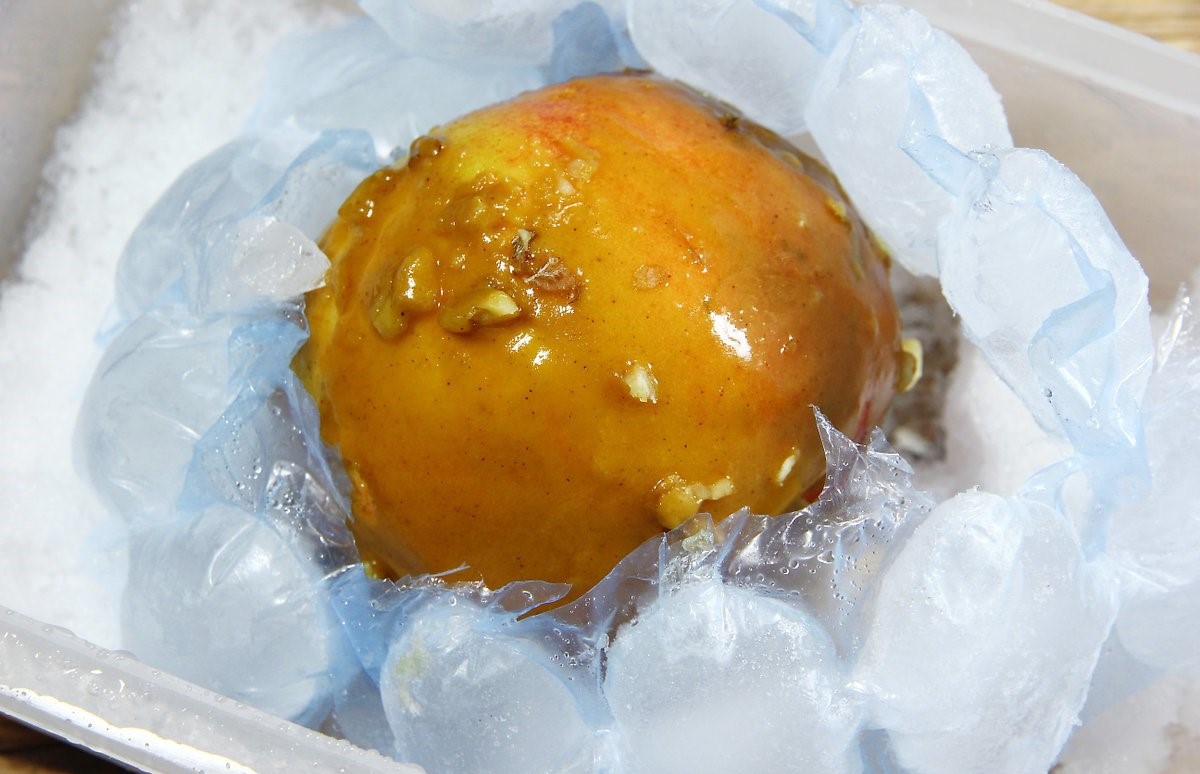
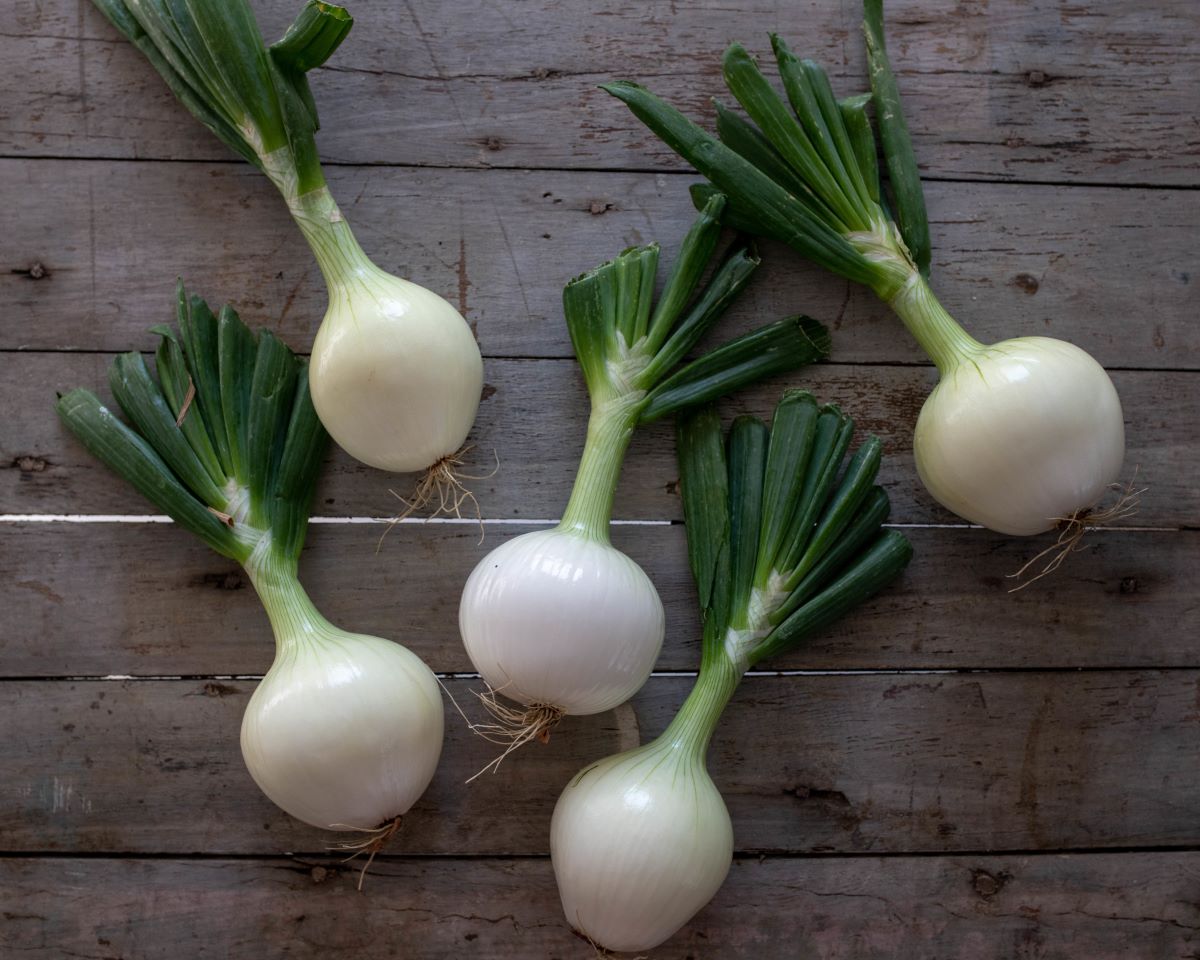
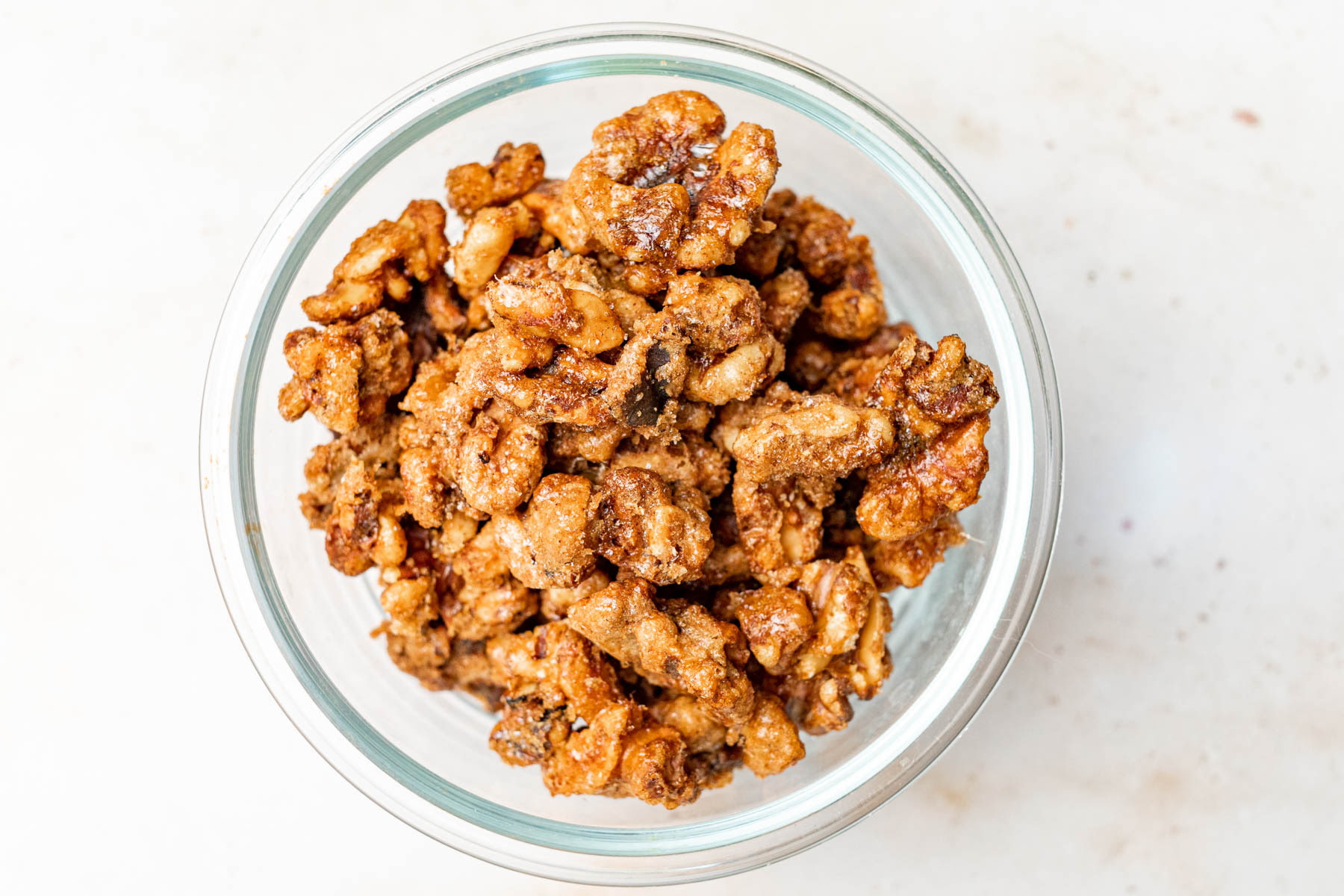
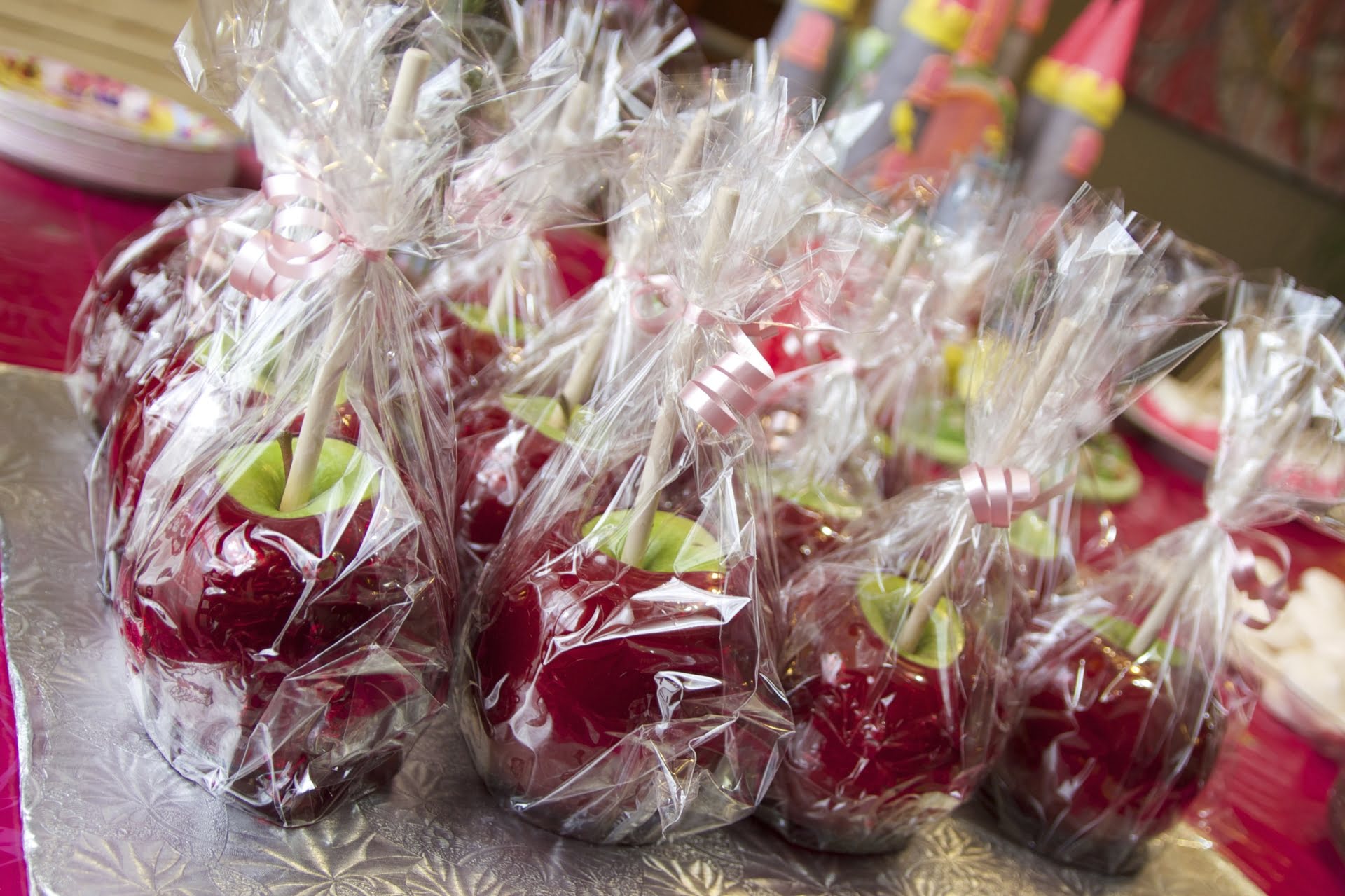
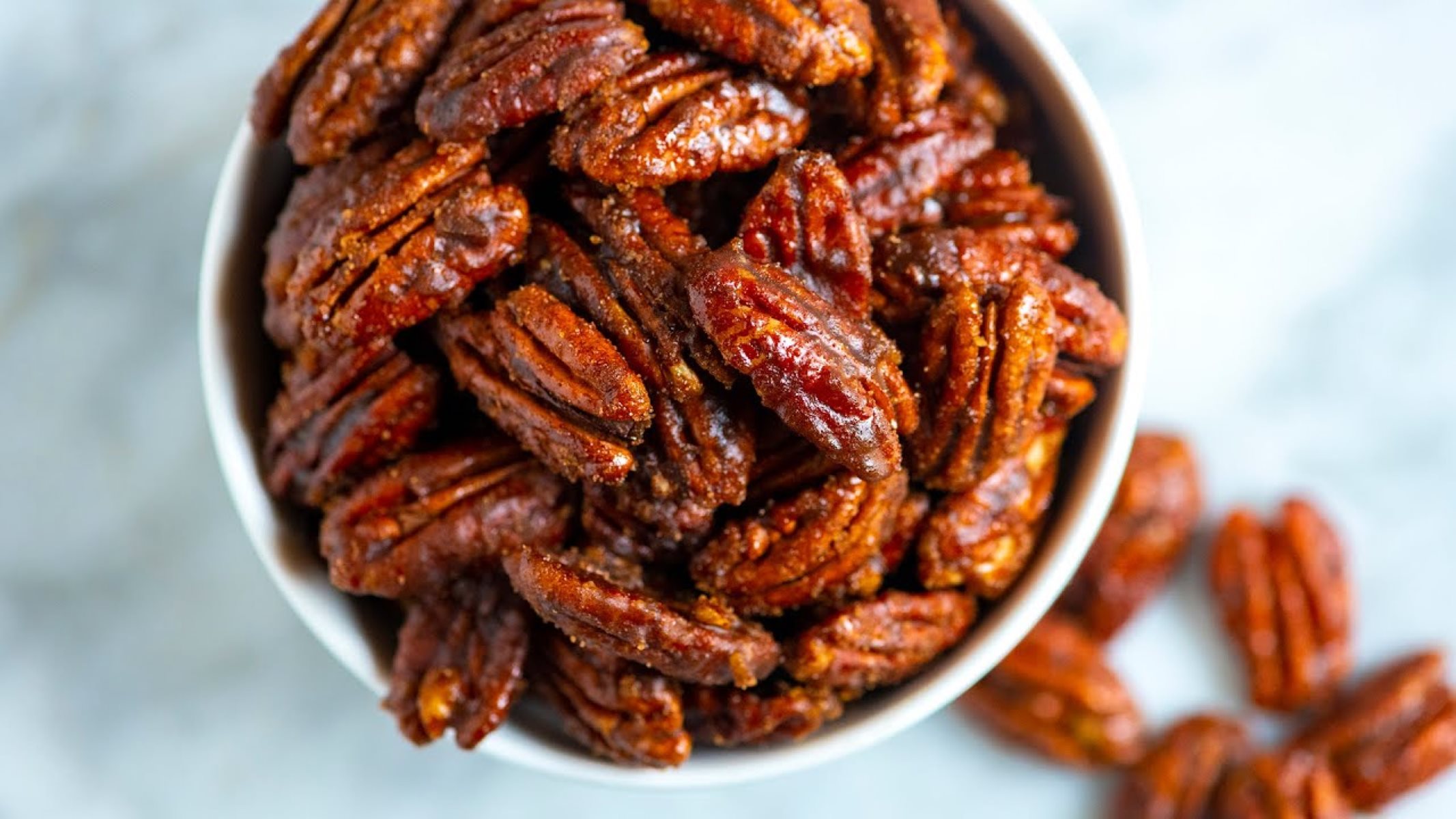
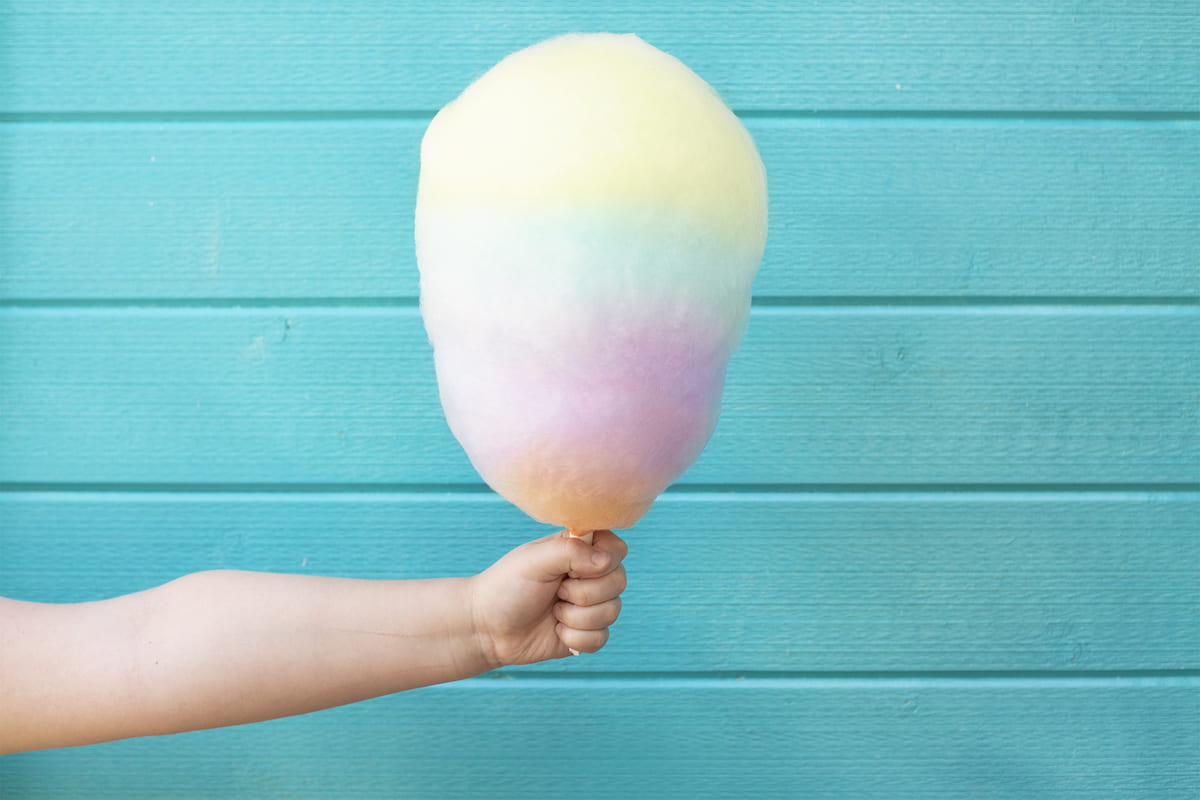
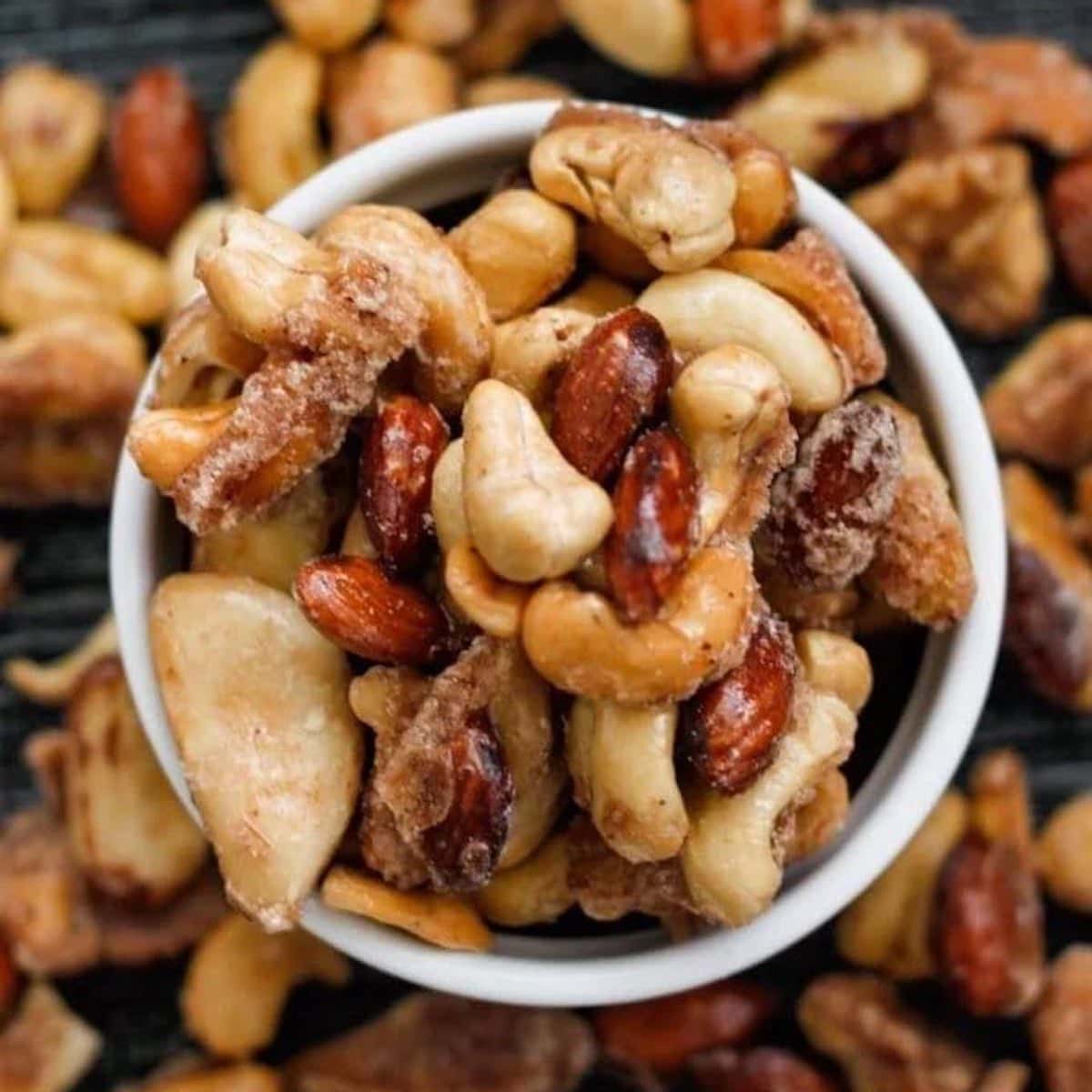
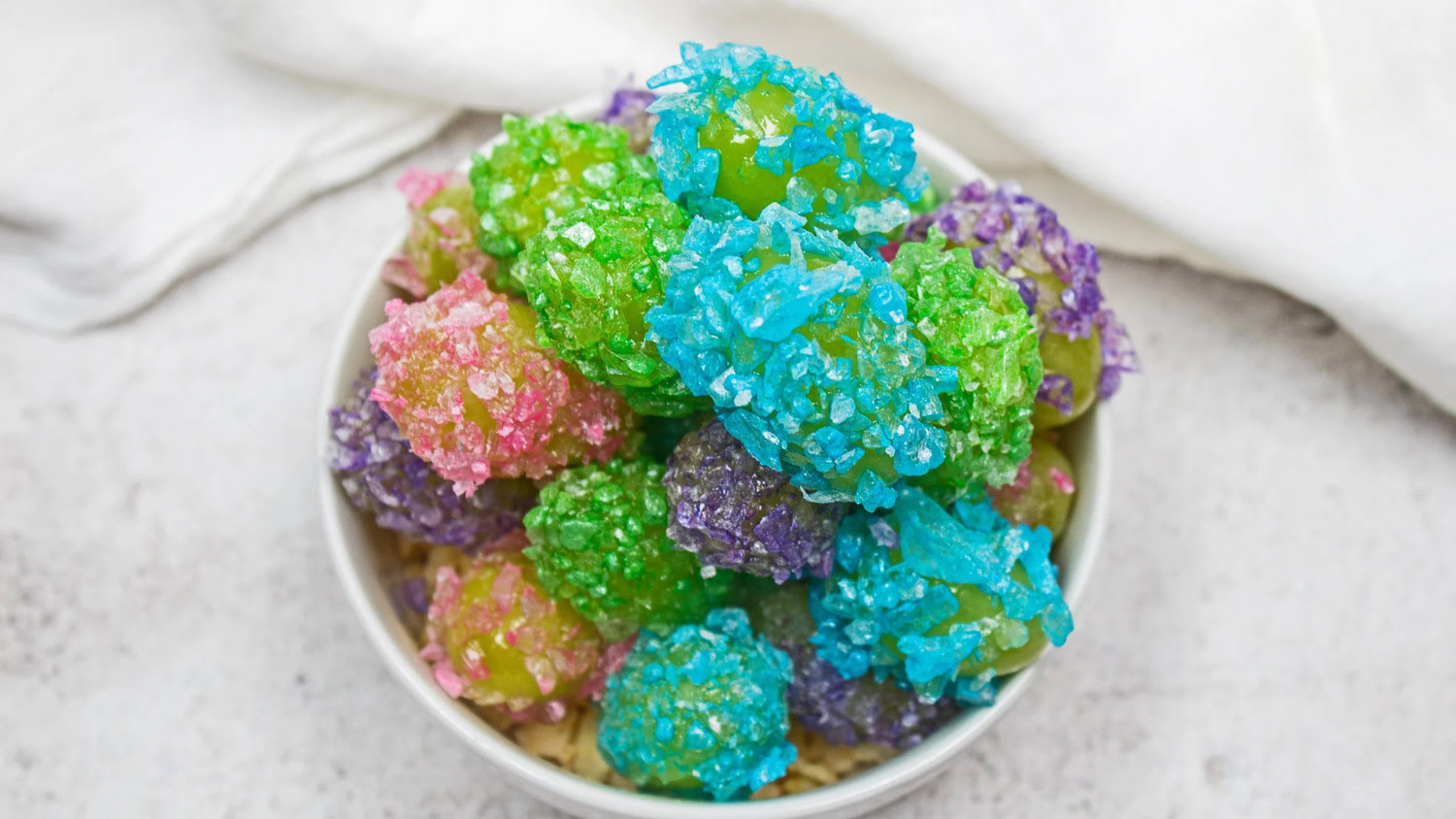
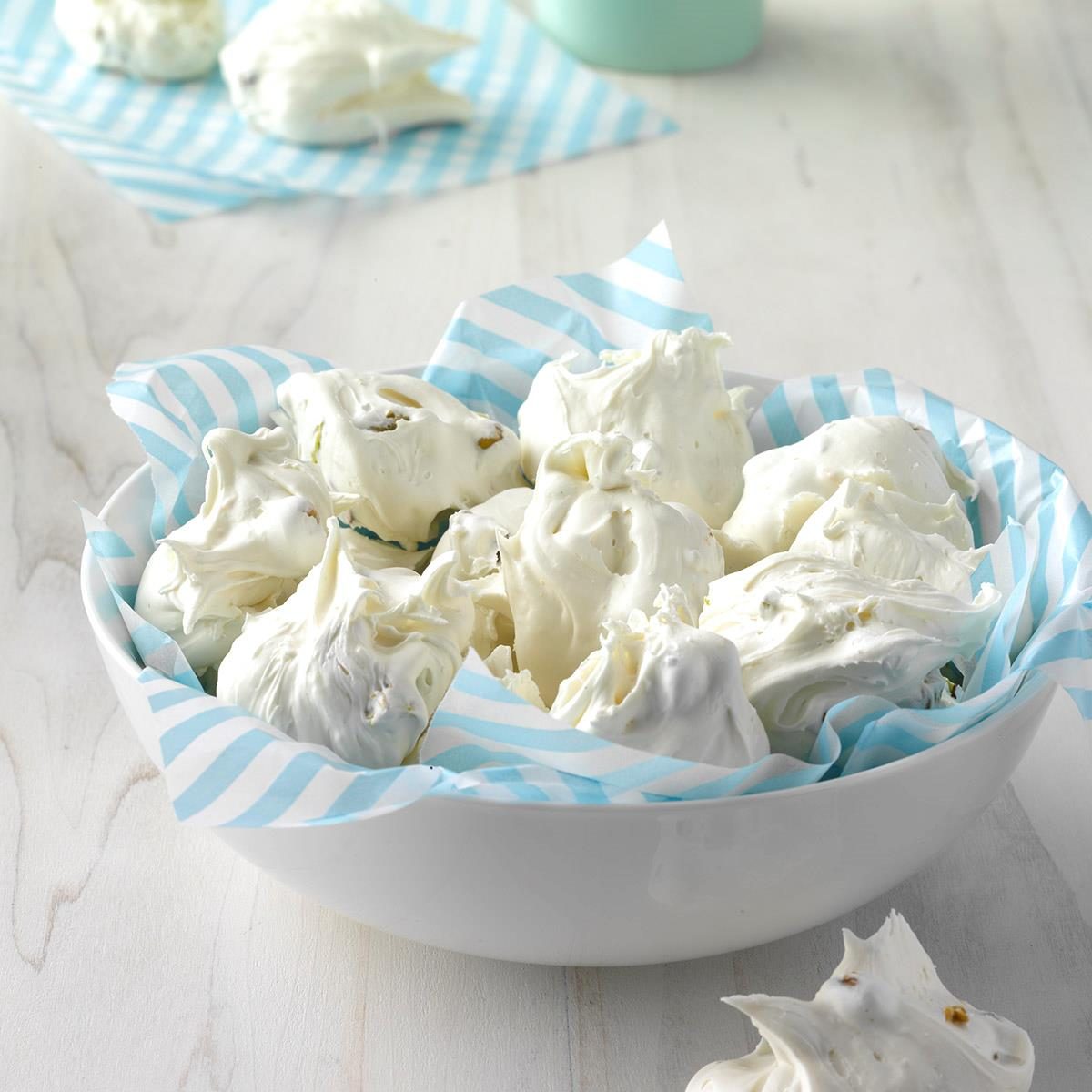
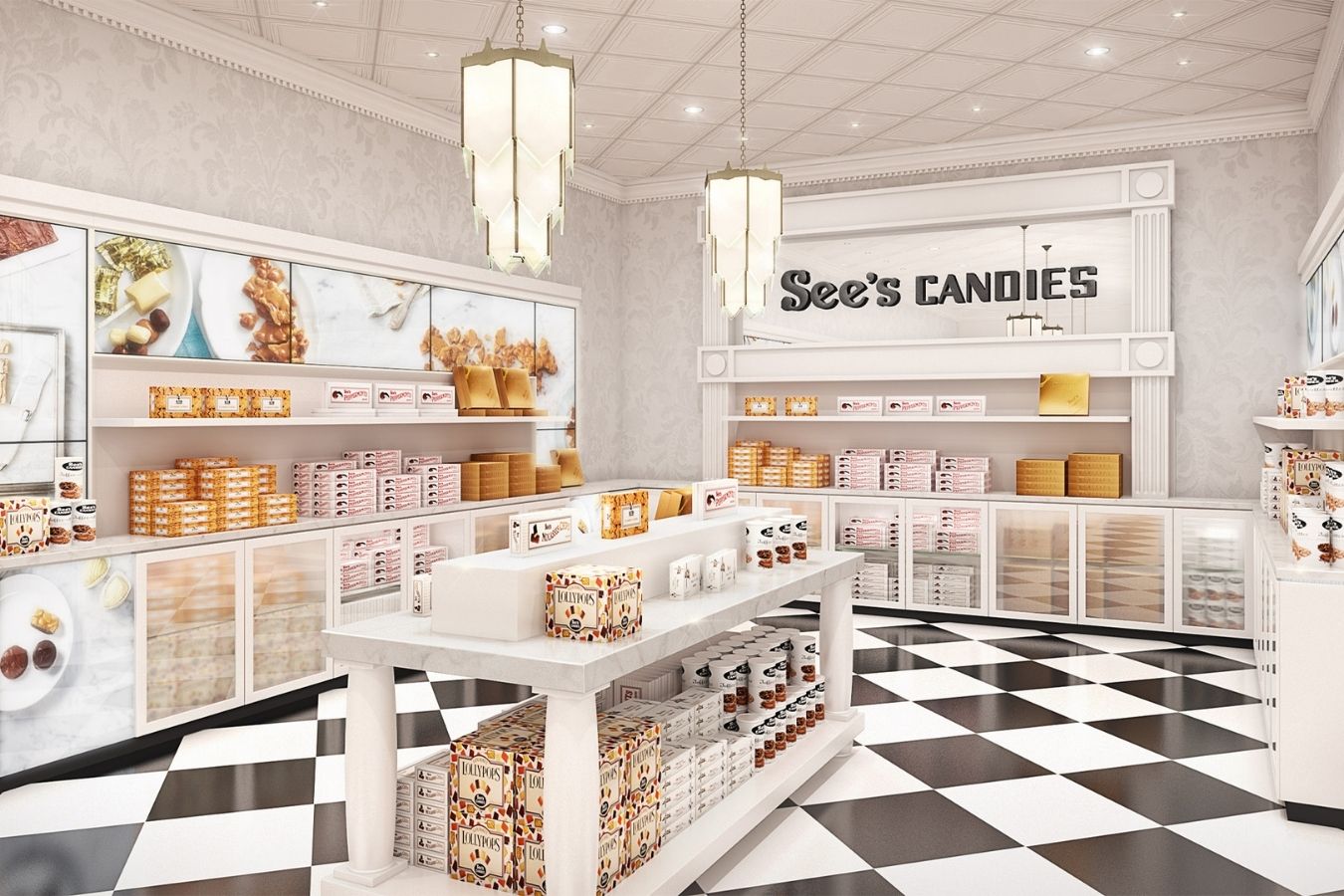
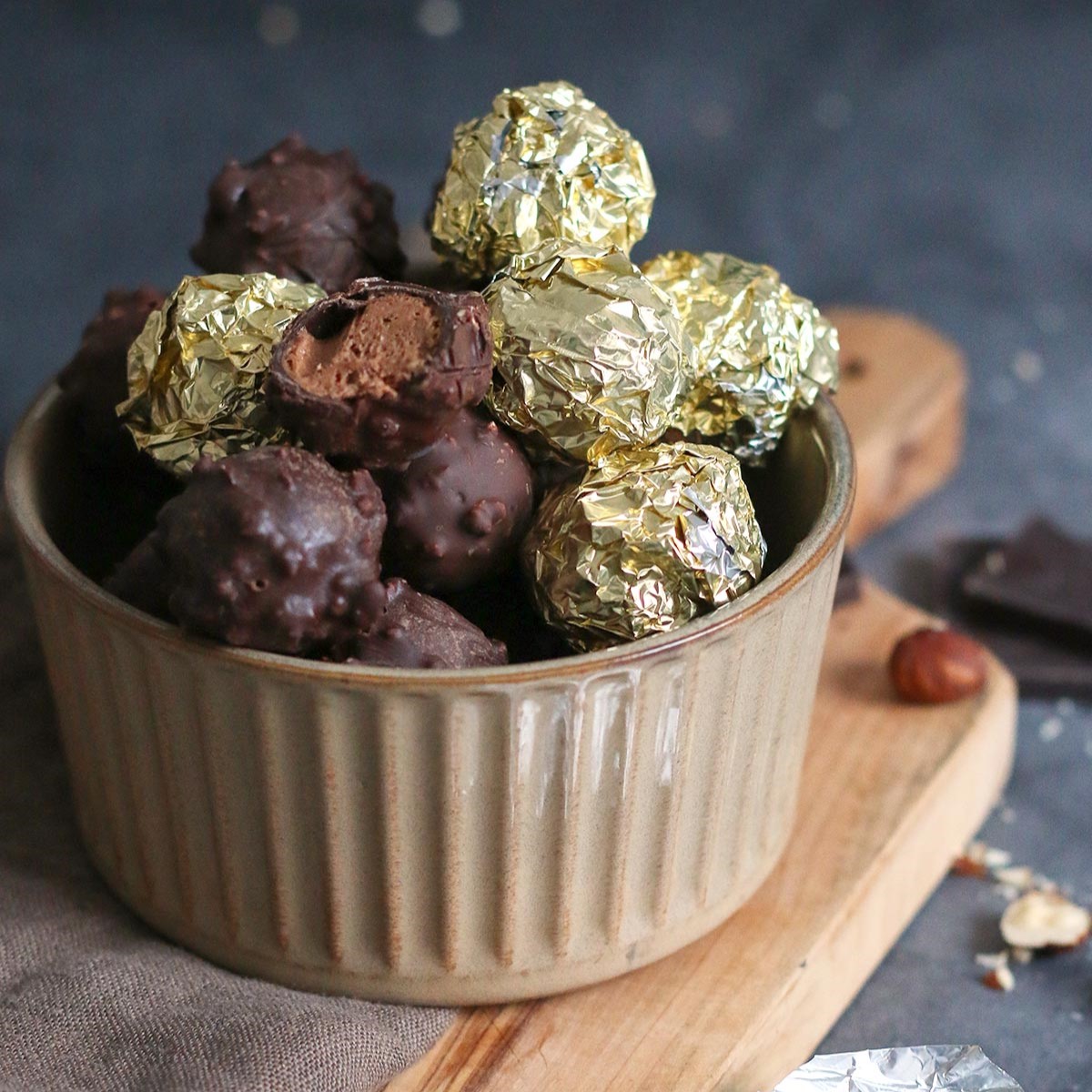
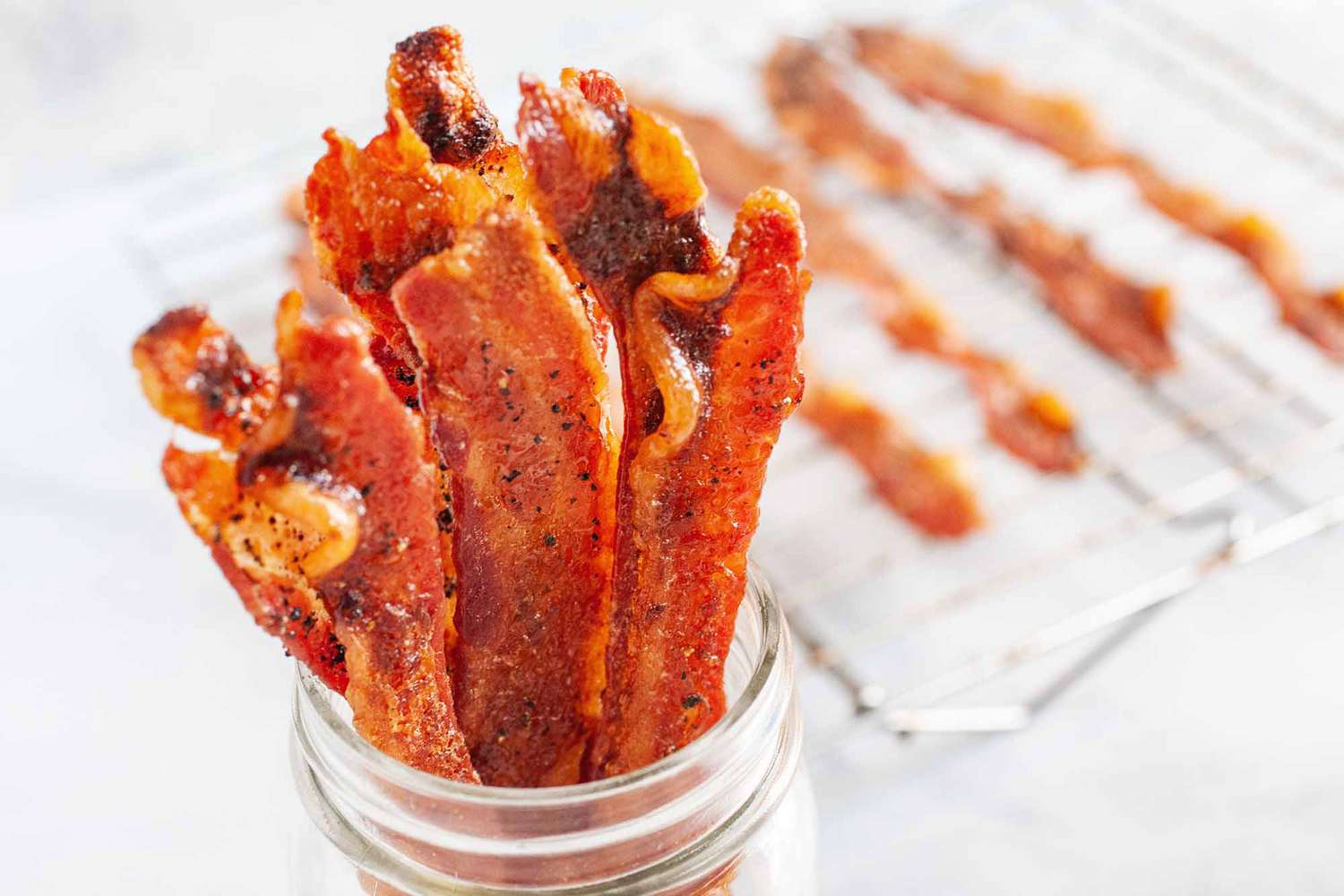
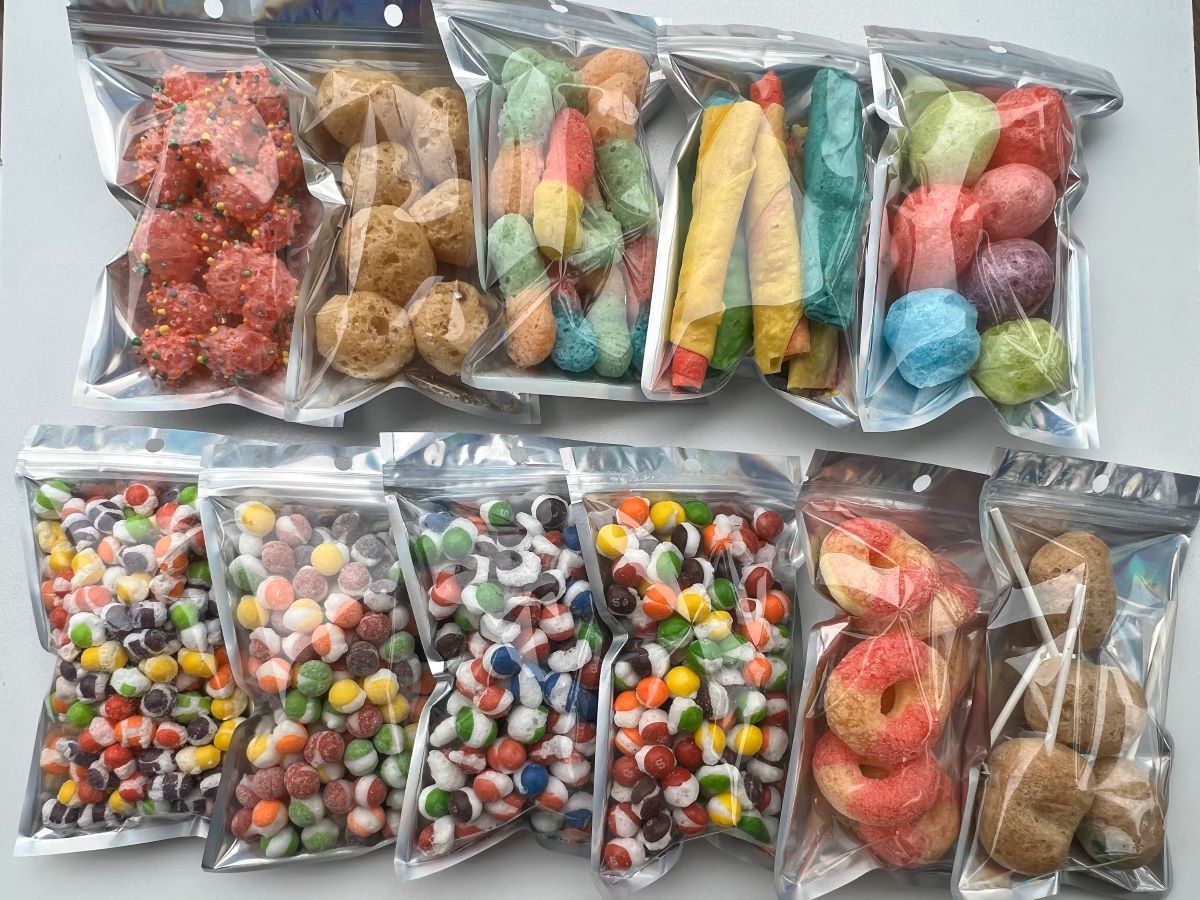

0 thoughts on “How To Store Hard Candy”